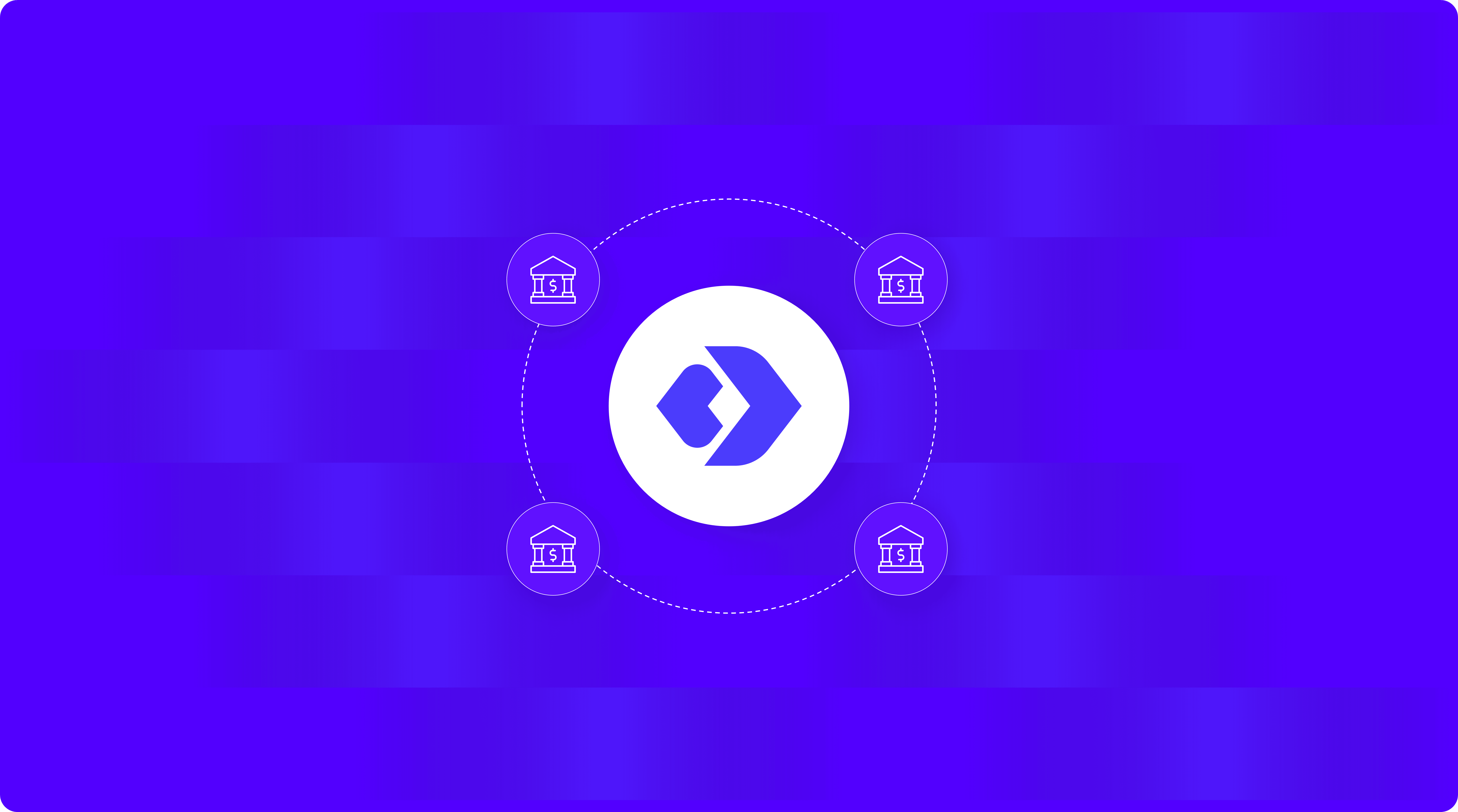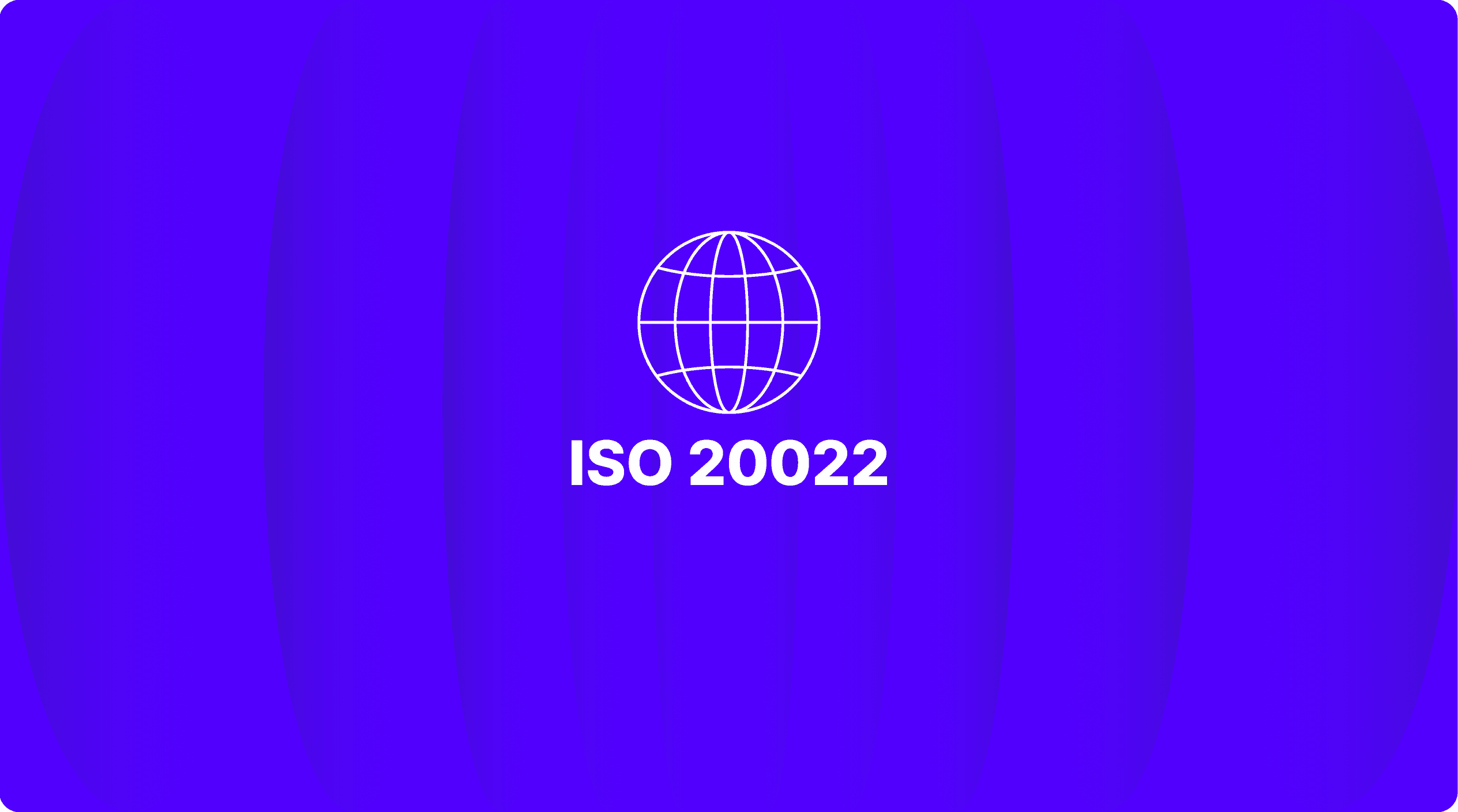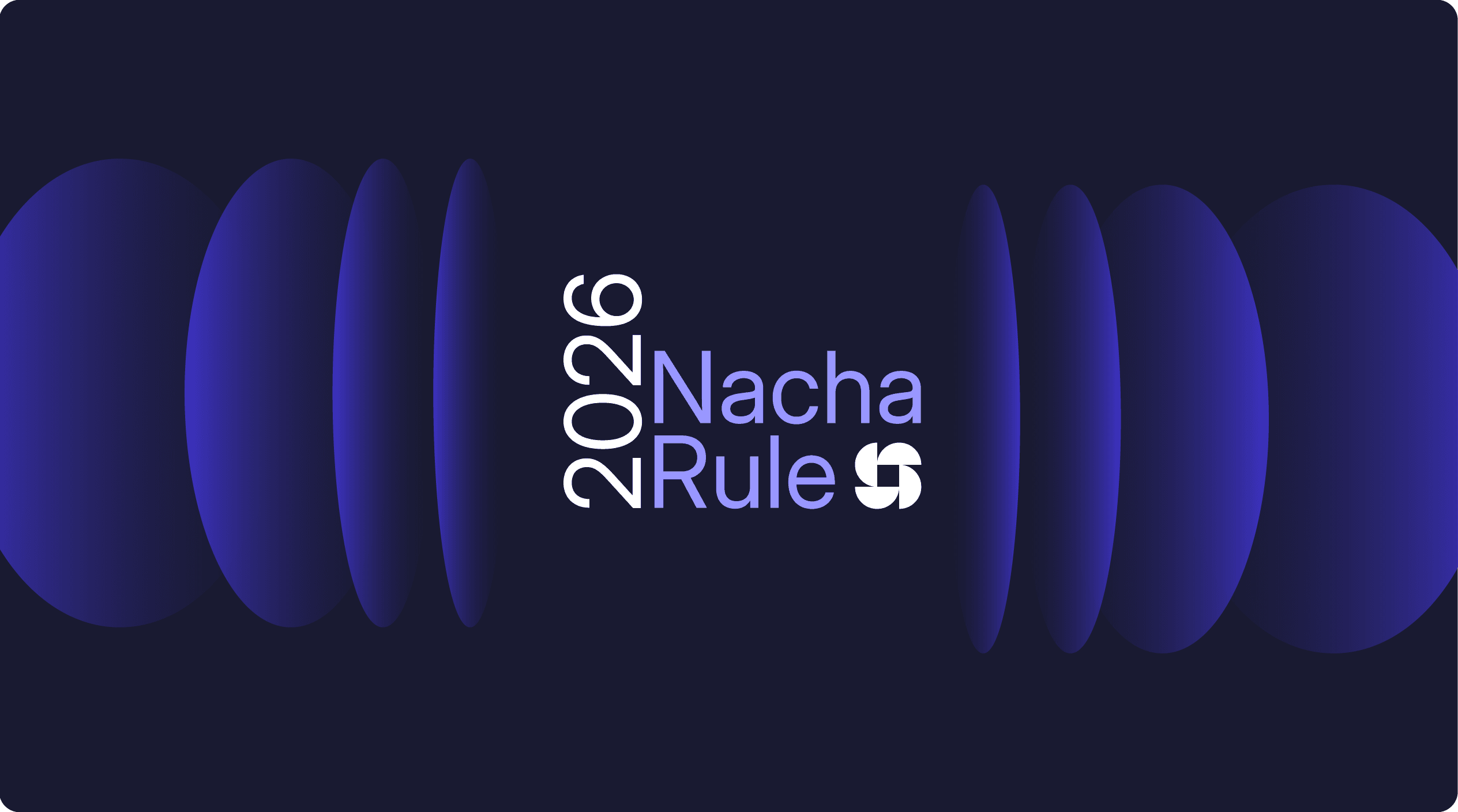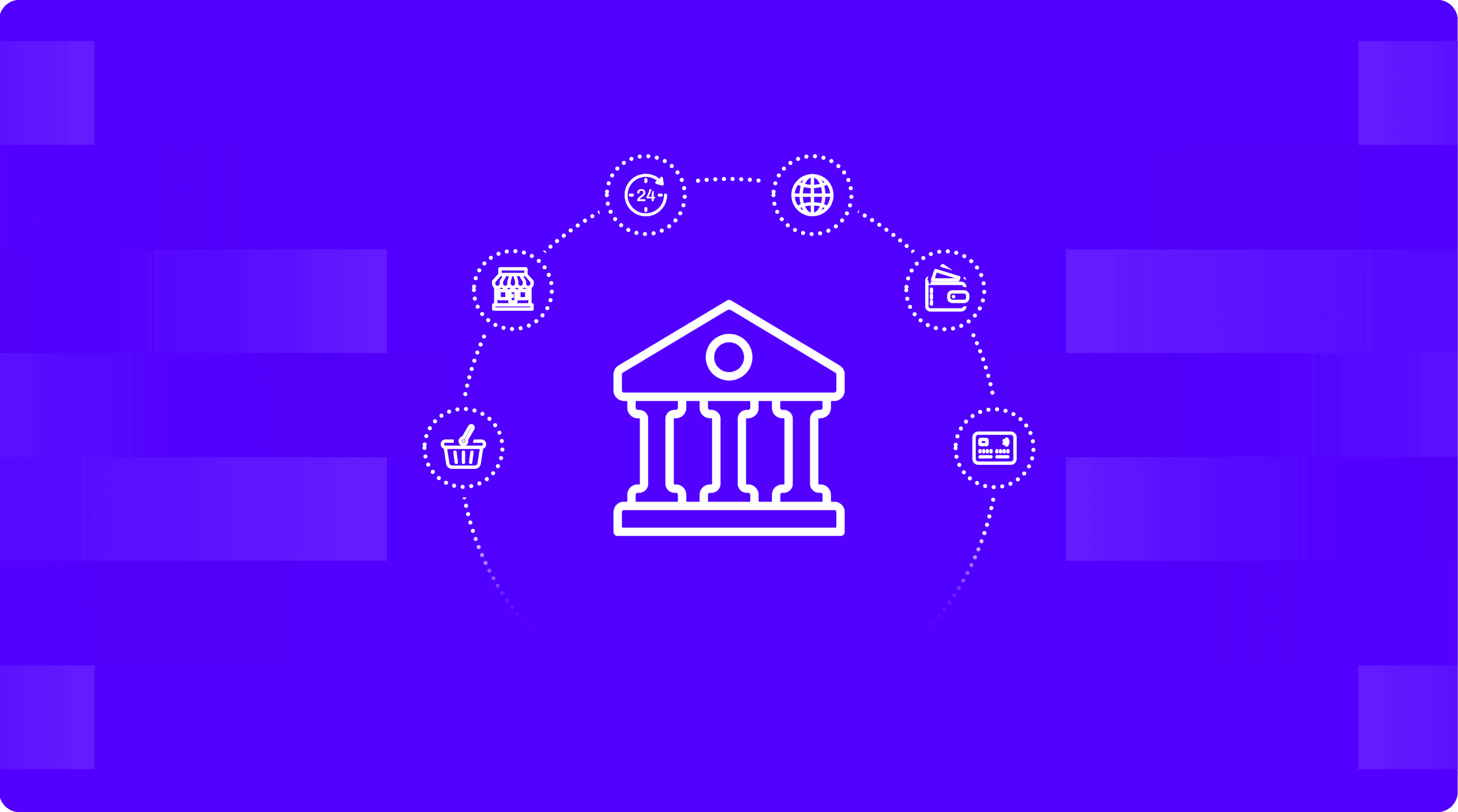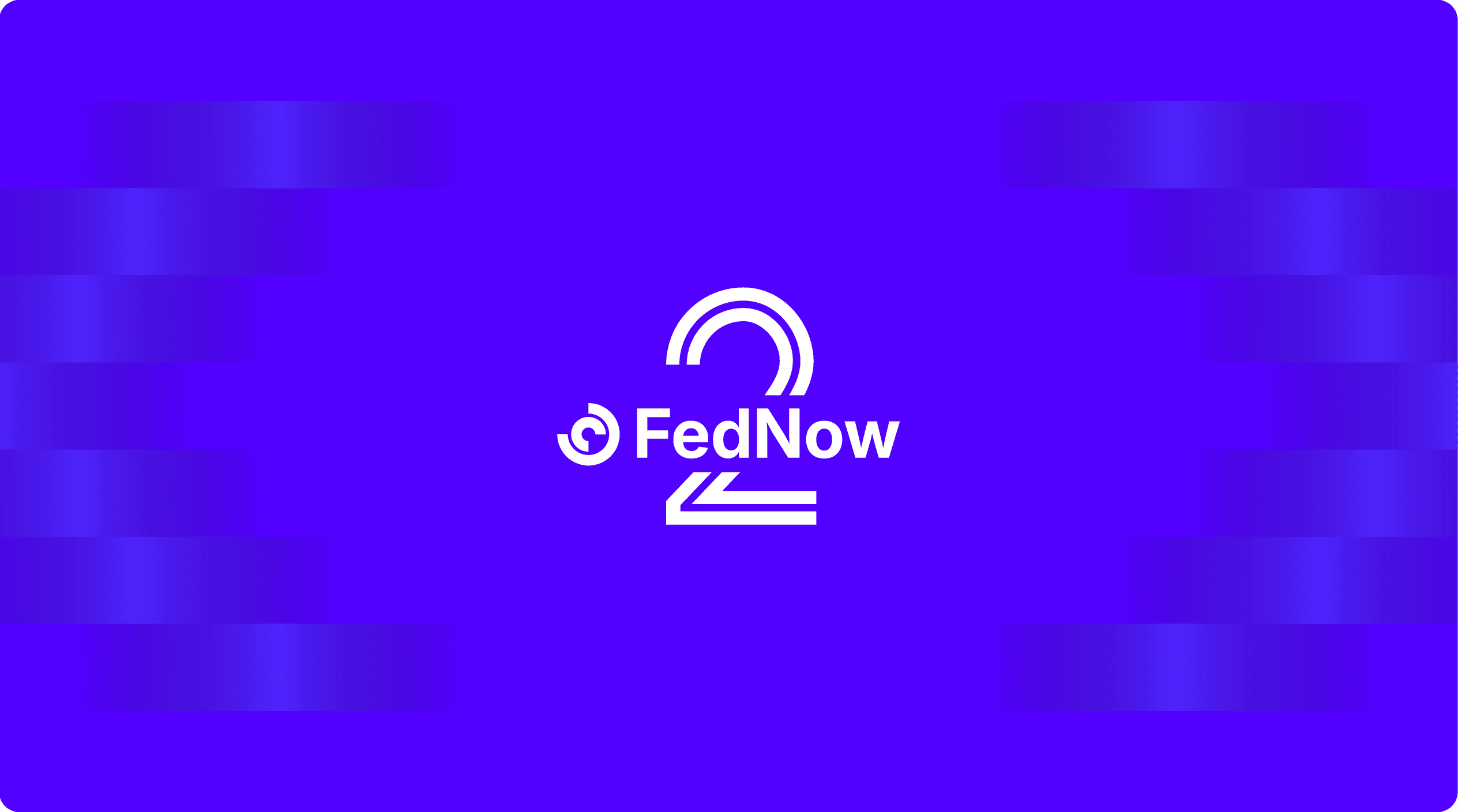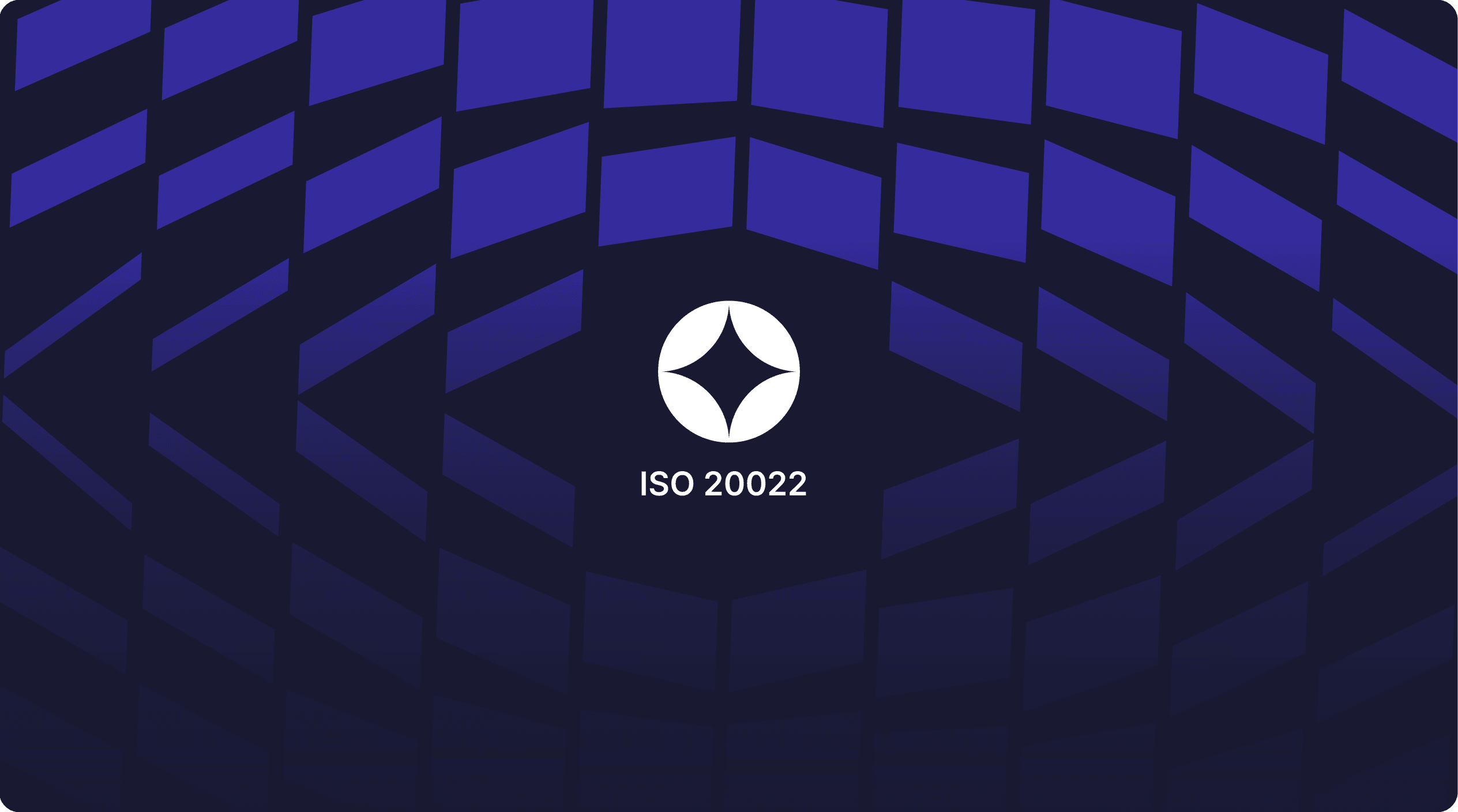Fedwire’s ISO 20022 Migration: Why It Matters - and How Institutions are Gaining an Edge
The Federal Reserve has confirmed that the Fedwire ISO 20022 migration is officially set for July 14, 2025. After a couple of false starts, banks and credit unions have readied for this operational requirement and are in the final stages of confirming compliance.
While many financial institutions (FIs) have been viewing the Fedwire/ISO shift as a necessary step to ensure continued service, savvy ones are realizing the strategic advantages that emerge in moving to an ISO-native environment to offer better financial services. The ISO 20022 standard does more than simply enable the continued use of Fedwire services; it provides a gateway to new possibilities.
Turning ISO 20022 Migration into a Strategic Advantage
To make the most of this opportunity, banks and credit unions should view ISO 20022 not just as a back-office upgrade, but as a foundation for future growth. The data-rich messaging it provides creates a wide range of possibilities for better serving customers and members. To fully leverage this potential, FIs should take the following steps.
1. Modernize your core payments architecture. Making the Fedwire ISO 20022 leap gives you the opportunity to take a hard look at your disparate payments systems and identify ways to unite them with an ISO backbone. This review sets the stage for adopting a common standard across all rails on a payments platform —consolidating systems into a modern payment hub with an orchestration layer for real-time routing and streamlined offerings for payments processing.
2. Turn ISO data into customer/member intelligence. ISO 20022 payment instructions brings data clarity via its innate structured parties, detailed remittance, and rich metadata. FIs can leverage these insights for solutions, including automated invoice reconciliation; real-time anti-money laundering (AML) pattern detection; enhanced onboarding and know-your-customer (KYC) due diligence; and smarter exception handling.
3. Monetize the payments flow. With ISO 20022, revenue potential exists. Payment operations evolve from utility items to strategic products via offerings like corporate treasury dashboards with live payment tracking; smart routing; and embedded fraud scoring, foreign exchange margining, and liquidity insights.
4. Integrate real-time and cross-border rails. As the standard for FedNow® and RTP® as well as cross-border payments, ISO 20002 speaks to today’s global, instant payments demand. In fact, embracing the standard enables ISO-native workflows; SWIFT solutions for efficient cross-border payments; and application programming interface (API)-first payment initiation via fintech partners or enterprise resource planning (ERP) systems.
5. Build a payments transformation roadmap. ISO 20022 marks the first step in your payment transformation journey. It helps you upgrade digital and physical payment channels, use APIs to create new opportunities, add analytics and KPIs for better tracking, and build a clear plan to grow revenue from payments.
Partnering for potential
To get the most from ISO 20022, work with a strategic partner who goes beyond compliance and helps you use the standard to drive innovation.
Choose a provider who offers a single native platform for all your payment rails, covering both domestic and international payment networks, and even more importantly, one who shares your strategic vision.
Because with the Fedwire ISO 20022 migration nearly behind you, you’ve met the mandate. Now’s the time to focus on your strategy and how to leverage the standard to redefine your institution’s competitive edge.
For more information on Finzly’s payments services, reach out to our payments experts.
About the Author:
Robert Coakley - VP of Partnership, Finzly
Robert has a deep expertise in core banking modernization, payments transformation, and cross-border solutions and works on building the partnership ecosystem at Finzly.
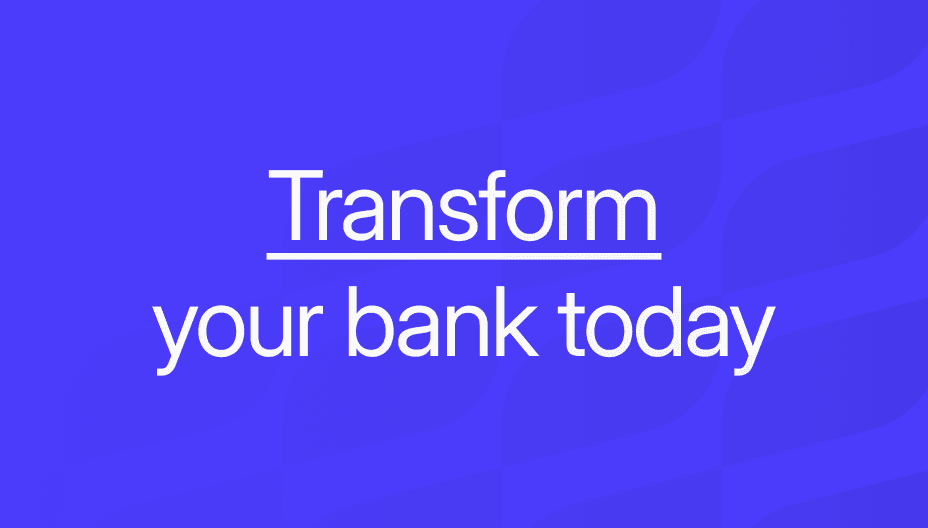
Get the monthly newsletter
Get the Finzly edge through our insights
